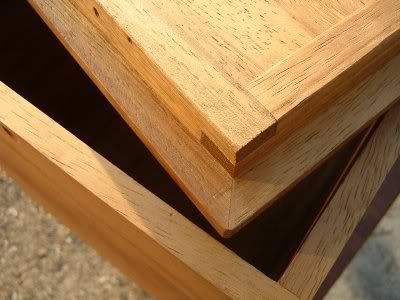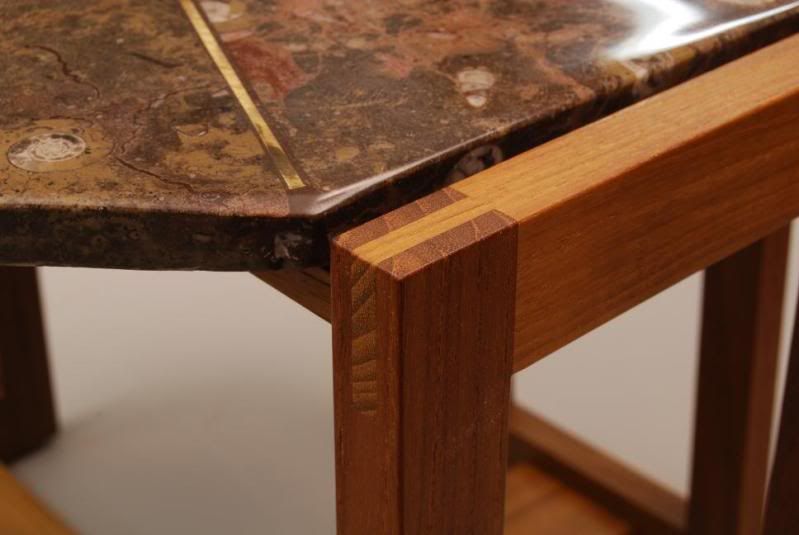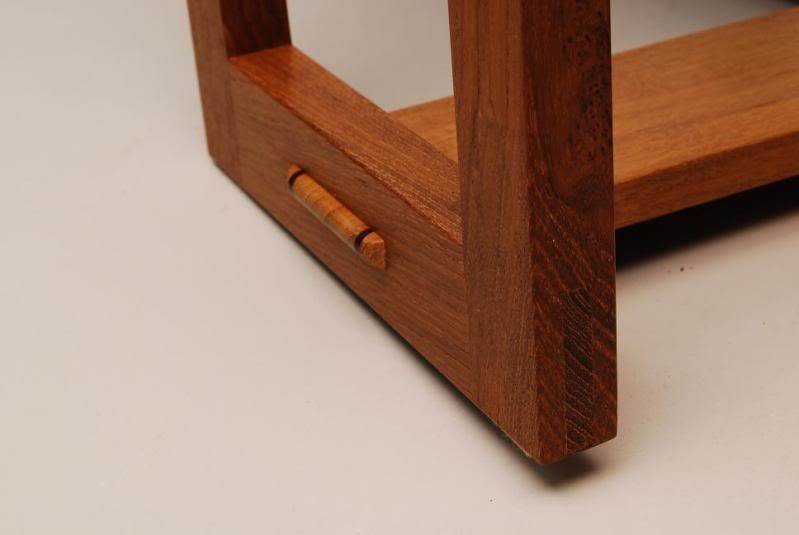russ_1380
Established Member
Afternoon all.
These last few days I have been trying to do some hand cut joints; corner lap joint and corner bridle joint.
I am using a tenon saw and chisel.
I can cut the wastage off with the saw on the bridle joint, but then I have to tidy it up with a chisel. When I do this, I struggle to keep the area nice and flat, leaving gaps or a loose joint. Plus there is limited room to fit a chisel into the slot.
Does anyone know of any links to good websites that detail how to cut straight and flat with a hand saw? I have been told that a skilled woodworker can cut these joints with saw alone, with no need to tidy up with a chisel. I need to brush up my handcutting skills.
Many thanks
R
These last few days I have been trying to do some hand cut joints; corner lap joint and corner bridle joint.
I am using a tenon saw and chisel.
I can cut the wastage off with the saw on the bridle joint, but then I have to tidy it up with a chisel. When I do this, I struggle to keep the area nice and flat, leaving gaps or a loose joint. Plus there is limited room to fit a chisel into the slot.
Does anyone know of any links to good websites that detail how to cut straight and flat with a hand saw? I have been told that a skilled woodworker can cut these joints with saw alone, with no need to tidy up with a chisel. I need to brush up my handcutting skills.
Many thanks
R








